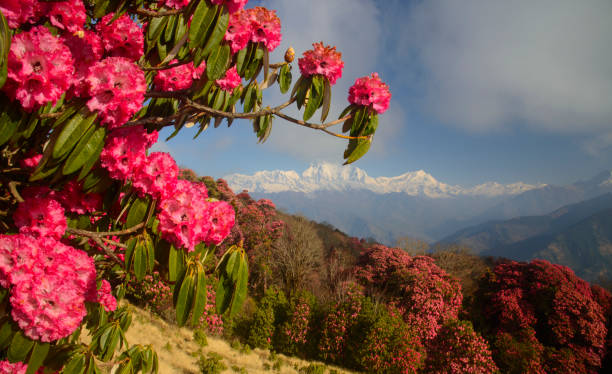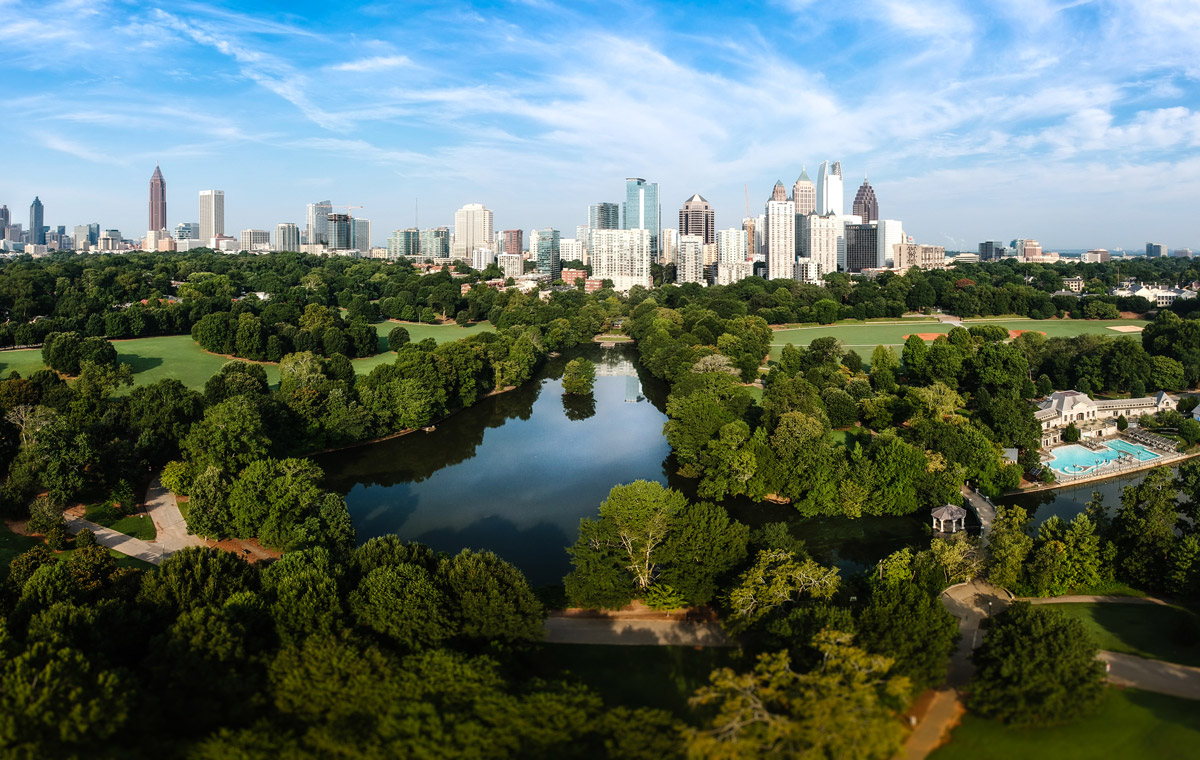
“Reductions in forest age and height are already happening, and they’re likely to continue to happen”A co-author, Beatriz Marimon of the State University of Matto Grosso in Brazil, said: “Each degree increase above this 32-degree threshold releases four times as much carbon as would have been released below the threshold.” The message is that tropical forests need to be protected from climate change, deforestation and wildlife exploitation: that way, they protect biodiversity, protect themselves, and protect humankind, for future generations. They can adapt to warming temperatures, but this takes decades, perhaps centuries. But according to another study, also in Science, forest trees the world over are now changing. They are responding to ever-higher levels of atmospheric carbon – in effect, they are being fertilized – but also wildfire, drought, windstorm damage, insect attack, and disease have become more frequent and more severe with climate change. And then there has been the direct impact of human economic demand: clearance, disturbance, and economic exploitation. In consequence, US and European scientists conclude, from detailed satellite data and from reviews of more than 160 previous studies, that there has been a “pervasive shift” in forest dynamics, and a dramatic decrease in the age and stature of the forests. The world’s trees on average are younger and shorter. Drastic change “This trend is likely to continue with global warming,” said Nate McDowell, of the Pacific Northwest National Laboratory, who led the research. “A future planet with fewer large, old forests will be very different than what we have grown accustomed to. Older forests often host much higher biodiversity than young forests, and they store more carbon than young forests.” So direct and indirect human action have – in the big picture – affected the way forests shelter new seedlings, the growth of all trees, and the rate of death of those trees. Mortality is going up, while recruitment and growth are faltering. “Unfortunately, mortality drivers like rising temperature and disturbances are on the rise and are expected to continue increasing in frequency over the next century,” Dr. McDowell said. “So reductions in forest age and height are already happening, and they’re likely to continue to happen.” – Climate News Network
Tim Radford, a founding editor of Climate News Network, worked for The Guardian for 32 years, for most of that time as science editor. He has been covering climate change since 1988.









Facebook Comments